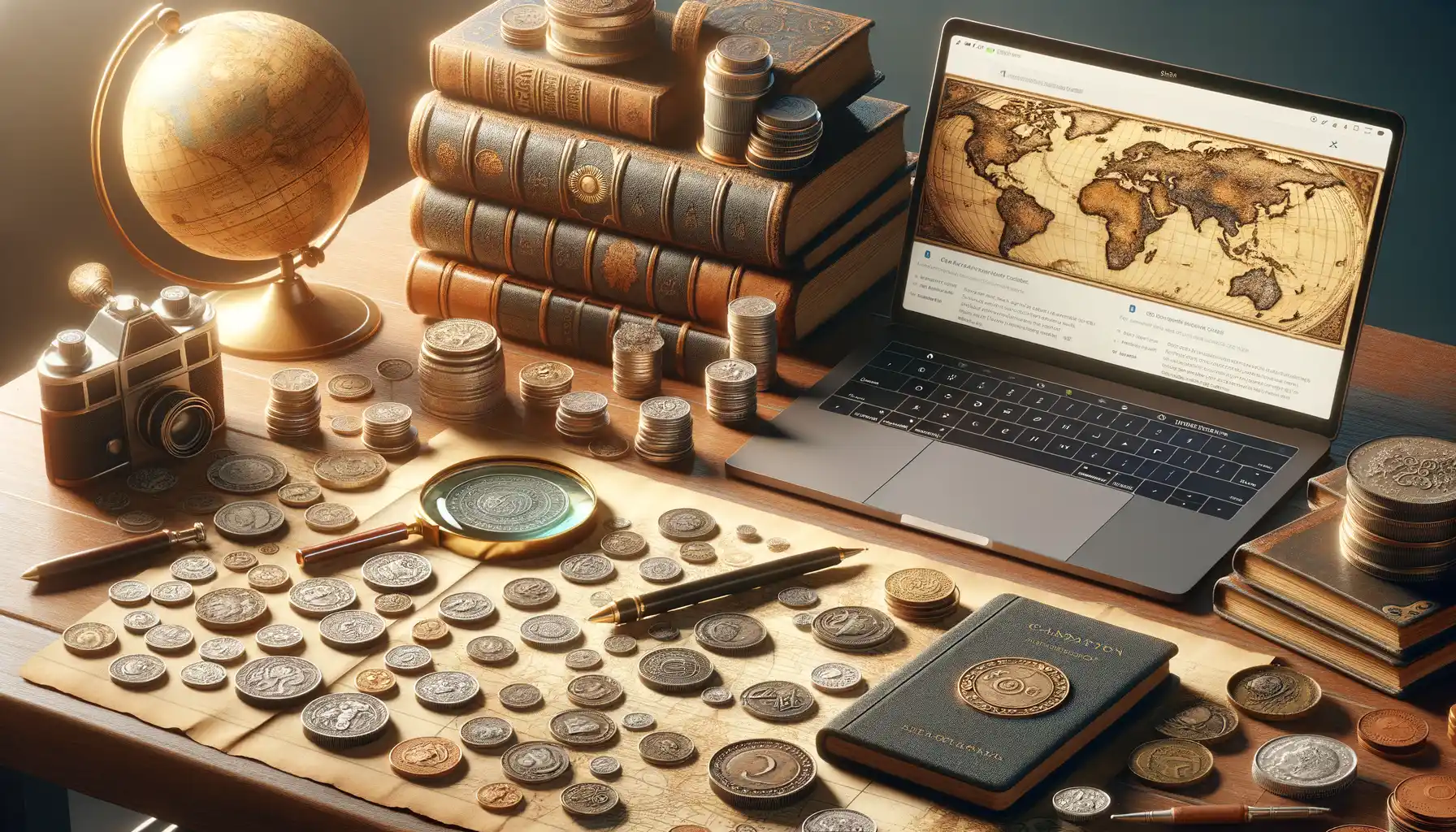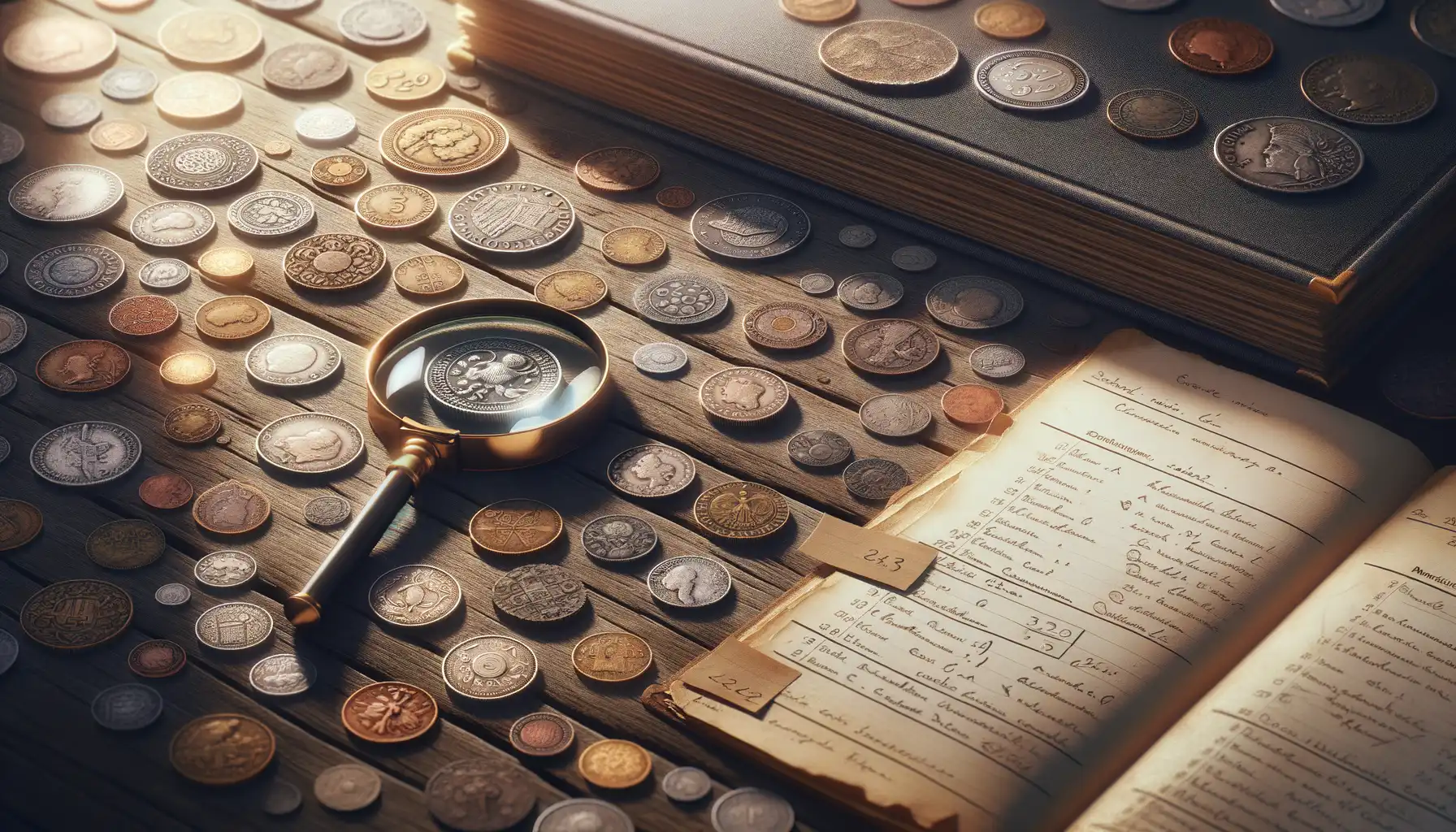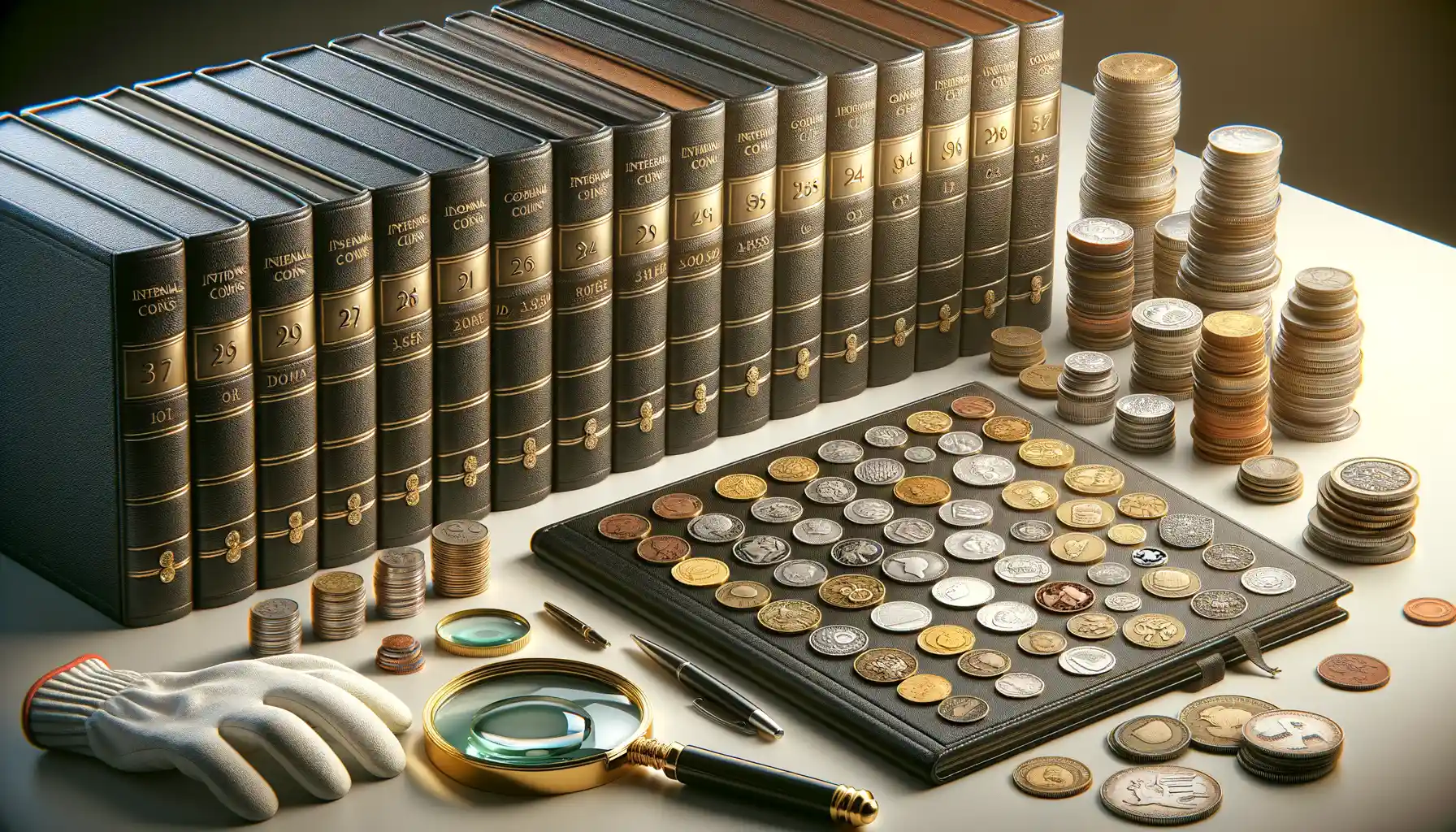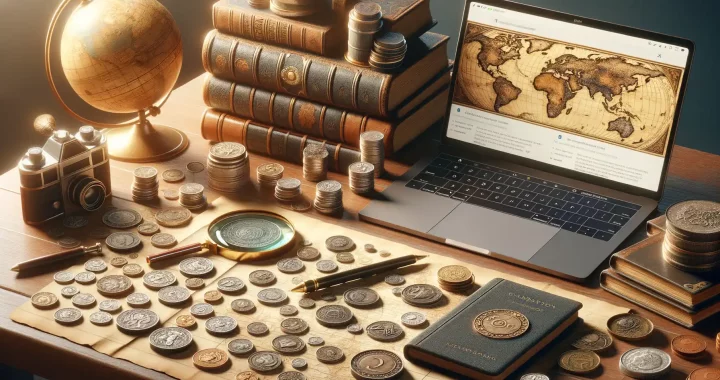Understanding the Basics of Coin Collecting
Stepping into the world of coin collecting is like unlocking a treasure chest of stories, secrets, and sparkling history. Whether you’ve stumbled upon your first coin by chance or inherited an entire collection, understanding the basics is where the adventure truly begins. Let me walk you through it—because trust me, it’s more than just amassing shiny objects.
What Makes a Coin Special?
A coin isn’t just a slab of metal; it’s a miniature time capsule. Each one carries its own backstory—its country of origin, the ruler who authorized its minting, the purpose it served in economies of the past. Have you ever held a coin and wondered, “Who else might have touched this? What journeys brought it here?” That connection to the past is what makes collecting so addictive.
To get started, you’ll want to think about what draws you the most:
- Historical coins: Do ancient Roman denarii excite you more than modern currency? Go old-school.
- Themed collections: Love animals? Flags? Coins can feature everything from lions to lunar landings.
- Geography: Every country has its quirks when it comes to coin design. Why not explore the world through metal?
Dive into the Language of Numismatics
Oh yes, there’s a whole vocabulary unique to coin collecting! For instance, that luster you see on some coins? It’s called mint state. Those little scratches? They’re known as bag marks. And when you spot a coin with an error, like a doubled image or off-center strike? Jackpot—that’s a minting error, and collectors go wild for them.
By learning these terms, you’ll begin noticing details you never saw before. A coin might seem ordinary at first glance, but when you understand its nuances, it transforms into a masterpiece. Think of it like tuning your ear to a new dialect—it opens up a whole new world.
Tools and Resources for Coin Research

Dive Into the Digital Treasure Trove
When it comes to unraveling the mysteries behind your coins, the internet is your most trusted map and compass. Sites like Numista and NGC Coin Explorer are must-visits—they’re like encyclopedias for coins from every corner of the globe. Need a second opinion? Online forums and communities such as CoinTalk bring together passionate collectors and experts ready to help decode that intriguing mintmark or odd edge pattern on your coin.
But don’t stop there! You’ll find apps like Cointoscope invaluable for quick ID scans. Just snap a photo, and voilà—it’s like having an archaeologist in your pocket! Combine these with auction archives like Heritage Auctions to peek into the coin’s value history. Feeling old-school? Order a physical copy of the Krause Standard Catalog of World Coins. It’s a collector’s Bible bursting with insights.
Hands-On Tools for Deep Dive Discoveries
Whether you’ve got a dusty Roman denarius or a shiny commemorative quarter, the right tools turn confusion into clarity:
- Magnifying glass or loupe: Spot tiny dates, mintmarks, and symbols invisible to the naked eye.
- Scale and calipers: Ensure your coin’s weight and size match official specifications—no room for mystery!
Get your hands dirty (not literally—always wear gloves!) and bring these tools to life. Each scratch and glint has a story waiting for you to uncover.
Identifying and Classifying Your Coin

Spotting Key Features: A Treasure Hunt
Discovering the story of your coin begins with sharp eyes and a sense of curiosity. Every coin is like a thumbprint—it has unique marks, designs, and details that set it apart. Start by looking for the obvious: What’s on the surface? Perhaps it’s a portrait of a ruler, an animal, or an intricate crest. If you’ve spotted lettering, pay close attention to the font and language—it might hold clues about the era or place of origin.
Flip the coin carefully (no fingerprints, please!), and inspect the back. Look for a mintmark, which is often a small letter or symbol showing where the coin was made. Even a tiny “S” or “D” can speak volumes.
Wondering where to start? Use this quick checklist:
- Material: Is it shiny like silver, warm like gold, or dull like copper?
- Date: Visible year—if there isn’t one, don’t worry; older coins often skip this!
- Edge Details: Smooth, ridged, or even engraved?
Piecing the Puzzle Together
Coins don’t always shout their origins—you’ll often need to coax out their secrets. Grab a magnifying glass or smartphone camera (hello, zoom feature!) for extra detail. Rusty or worn? No problem—patina is just history’s way of leaving its fingerprint behind.
One trick I swear by: compare your coin to images online using tools like a coin catalog. Sites like Numista or CoinArchives are packed with photos that help you match symbols, dates, and legends. Don’t just skim—look for quirky differences, like a missing star or a funky design variation. That could make all the difference!
Investigating Historical Context and Value

Unveiling the Stories Behind Your Coins
Every coin has a tale to tell, and uncovering its historical background can feel like opening a treasure chest of fascinating narratives. Take a moment to think about this: your coin might have been held by merchants on ancient trade routes, tucked into the robes of aristocrats, or even hoarded during times of war. Doesn’t that send a shiver of excitement down your spine?
To dive into this rich history, start by exploring the year and region stamped on your coin. Use these as breadcrumbs leading you through time. Was your coin minted during a golden age of prosperity, or perhaps during a turbulent political upheaval? The marks and symbols on coins often hold keys to unlock their historical significance, from portraying emperors to commemorating iconic battles or events.
- Search for mint marks or inscriptions—these often point to specific mints or rulers.
- Check online catalogs or visit libraries for books on numismatics relevant to that era.
- Join forums where enthusiasts share insights into historical findings.
Understanding Coin Value Through Context
Value isn’t just about dollars and cents—it’s about meaning. Sure, the market price matters, but what emotional and historical weight does your coin carry? For instance, a worn Roman denarius might not gleam like new, but imagine its journey through centuries. Its value lies in the untold stories it whispers.
Rarity magnifies worth. A coin linked to a fleeting empire, struck during a short reign, might make collectors’ hearts race. Similarly, coins reflecting errors—like wrongly printed dates—are quirks that collectors adore! So, don’t overlook imperfections—they might be your hidden jackpot.
Let your curiosity guide you, and remember: every coin is more than metal; it’s a snapshot of humanity’s shared past.
Tips for Preserving and Displaying Coins

Keeping Your Coins Safe and Sound
Imagine your prized coins as tiny, delicate time travelers—each one carrying centuries of history in its worn edges and intricate designs. To protect them, treat them like the treasures they are. First rule? Always handle your coins with care. Use soft cotton gloves to avoid transferring oils from your hands onto their surfaces. Even the cleanest of fingertips can leave marks that tarnish over time.
Storage matters too! Skip the shoebox or random drawer; your coins deserve better. Opt for coin flips made of non-PVC materials, or consider archival-quality albums. These keep your collection both organized and safe from harmful moisture or chemicals. And don’t even think about tossing them into a jar together—scratches and dents could become heartbreakingly permanent.
- Store coins in a cool, dry place. Avoid damp basements or sweltering attics.
- Add silica gel packets to absorb excess humidity.
- Use airtight holders to fend off pollutants and oxidation.
Showcasing Your Collection With Style
Got visitors or family members you’d love to impress? Display your coins in a way that tells their story. Shadow boxes with black velvet backdrops transform a cluster of coins into a gallery-worthy centerpiece. For smaller collections, a well-lit glass display case does wonders—both for visibility and protection.
Want to add a personal touch? Include handwritten tags next to your coins detailing their year, origin, and historical tidbits. A 19th-century penny from England doesn’t just sit there—it whispers of Victorian street markets and cobblestone lanes. Make your collection not just visible, but vivid.

